
What's it all about?
Distinctly North American and unmistakably French, Québec is like no other Canadian province. Its vastness means it feels like a country within a country and ensures cinematic landscapes, while grand cities and charming rural communities offer top cuisine and wilderness adventures beckon.
This is a feature from Issue 7 of Charitable Traveller. Click to read more from this issue.
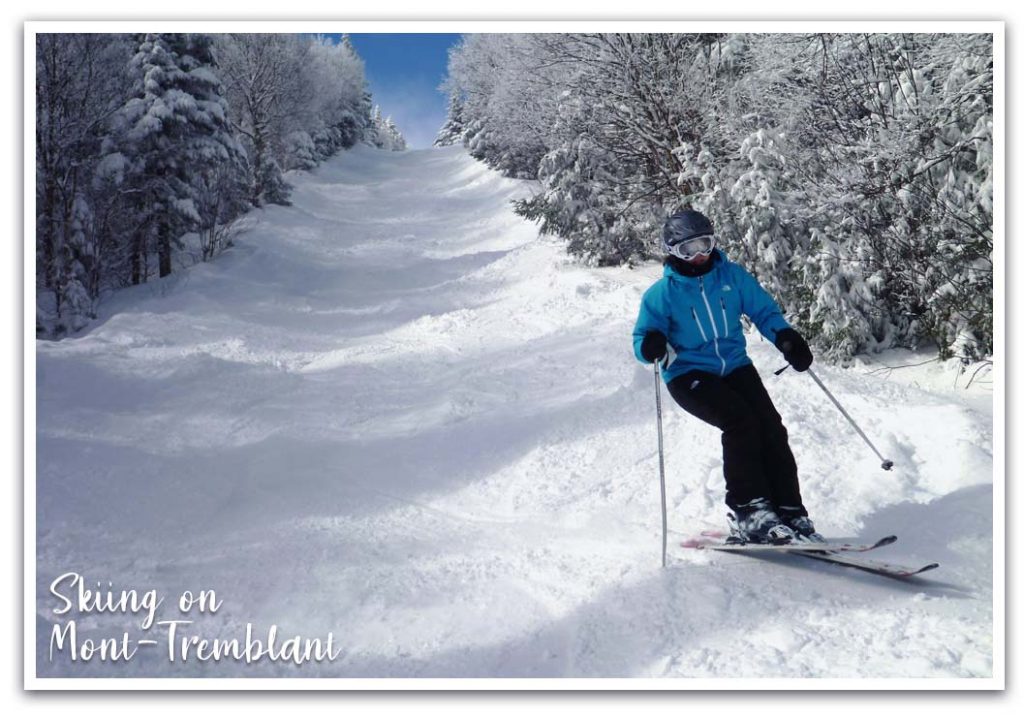
An outdoor lifestyle
Québecers embrace the outdoors in all seasons, hiking and kayaking in summer and autumn, and skiing and snow shoeing in spring and winter. Wild places are never far and the Laurentian Mountains are popular with Montrealers, who flock to glassy lakes edged by flaming maples in autumn and the ski resort of Mont Tremblant and its frozen forests in winter. Top kayaking spots include Saguenay Fjord, an awe-inspiring stretch of water through a vertiginous glacial valley. The rugged Gaspe Peninsula at the end of the St. Lawrence River is famous for its rocky coast and pretty red and white lighthouses.

Food glorious food
Whether it’s post-pub poutine (Canadian cheesy chips and gravy) or cordon bleu cooking in a historic chateau, you’ll enjoy your food in Québec. The Charlevoix region is
renowned for its farm-fresh produce like cheese, vineyards, breweries and cute towns with tempting bistros and boulangeries. And visit a sugar shack to taste fresh maple syrup.
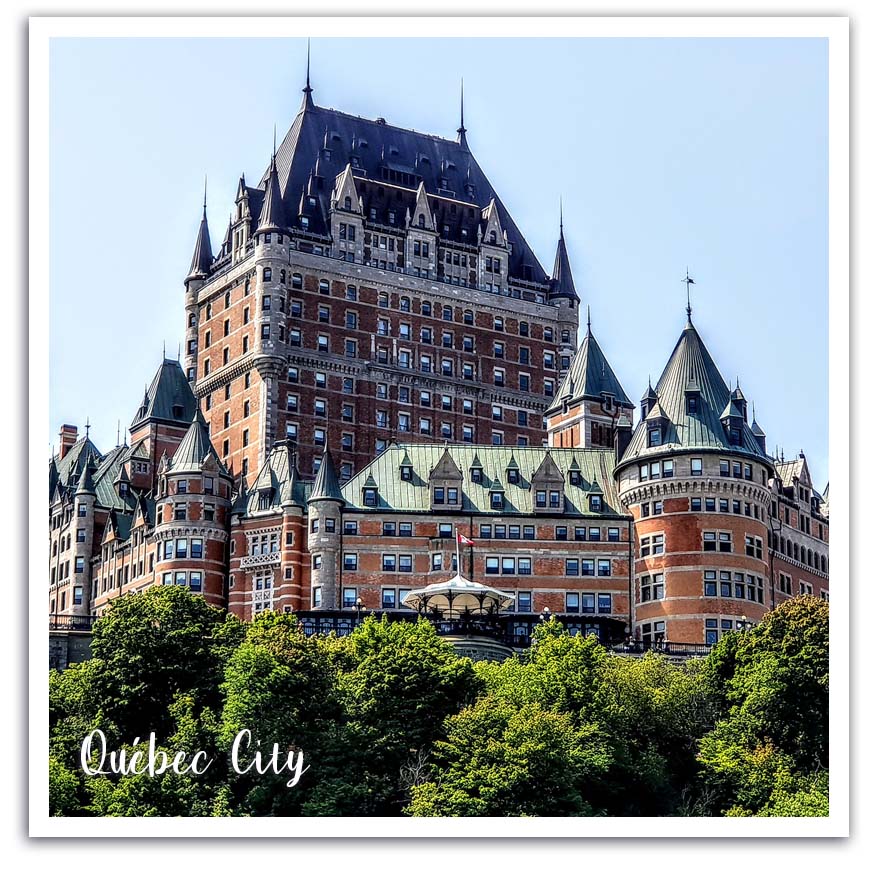
Don't be surprised to hear people speak French all over Québec. English is used, but it's the second language
A wealth of wildlife
The St. Lawrence River is home to 13 species of cetaceans, including the gigantic blue whale. In Foret Montmorency, take a dawn moose walk and your guide will imitate its honking call to find these elusive, goofy beasts. See grey seals and thousands of marine birds at Bic National Park and buck-toothed beavers in La Mauricie National Park.
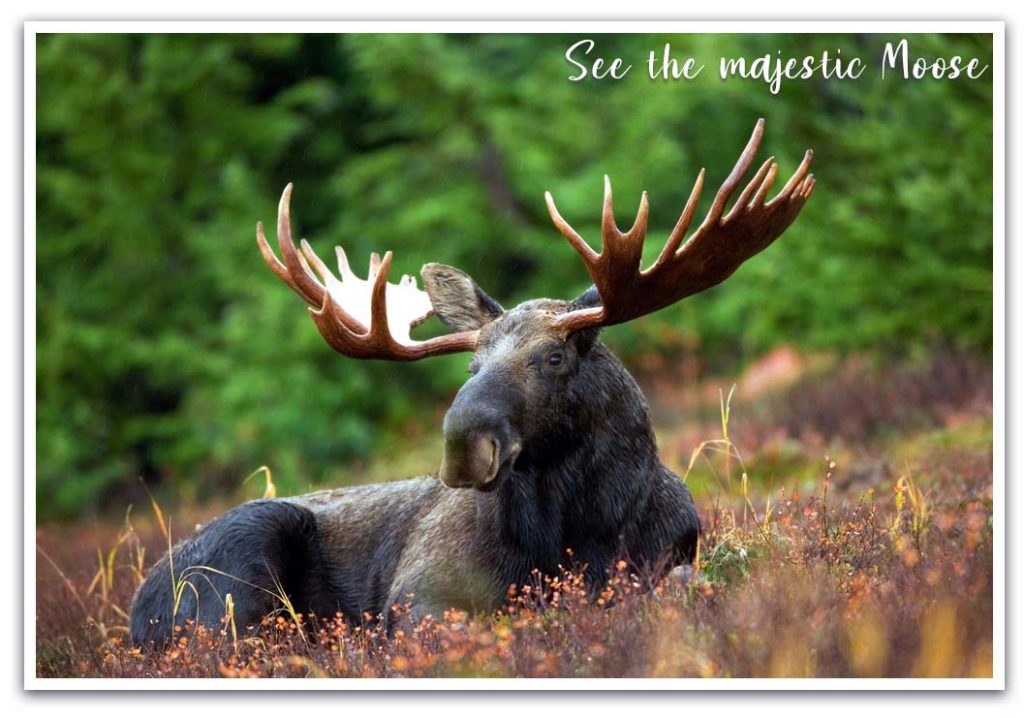
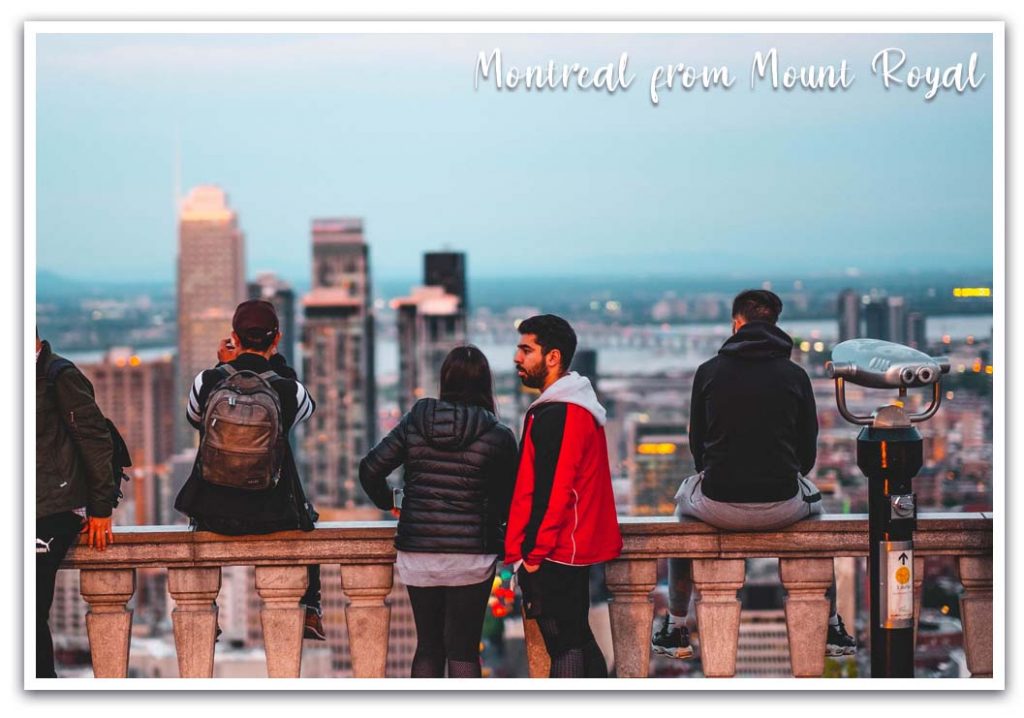
Cities old and New
Capital Québec City is the oldest French city in North America but has a charming village-like feel. Perched above the St. Lawrence River, it’s dominated by the famous Château Frontenac, a hotel with fairy tale green turrets. Inside the city walls, cobbled streets are lined with stone houses, inviting bistros and pavement cafes, while musicians and street artists give the city a lively buzz.
Montréal is the province’s biggest city with imposing buildings like the Basilique Notre-Dame and distinctive Victorian terrace houses. There’s also a contemporary skyline (best seen from the leafy heights of Mount Royal Park), an underground city so that residents can shop in the freezing winter and a vibrant urban art scene. Add in more restaurants per capita than any other North American city and you have the perfect urban break.
Indigenous culture
Several First Nations live in Québec and you can learn about them all at the Canadian Museum of History in Gatineau, which looks across to the Canadian capital Ottawa. The home of the Huron Wendat Nation has a recreated site where you can visit traditional long houses and a tipi, learn about medicine and sweat lodges and taste indigenous food like bannock bread.
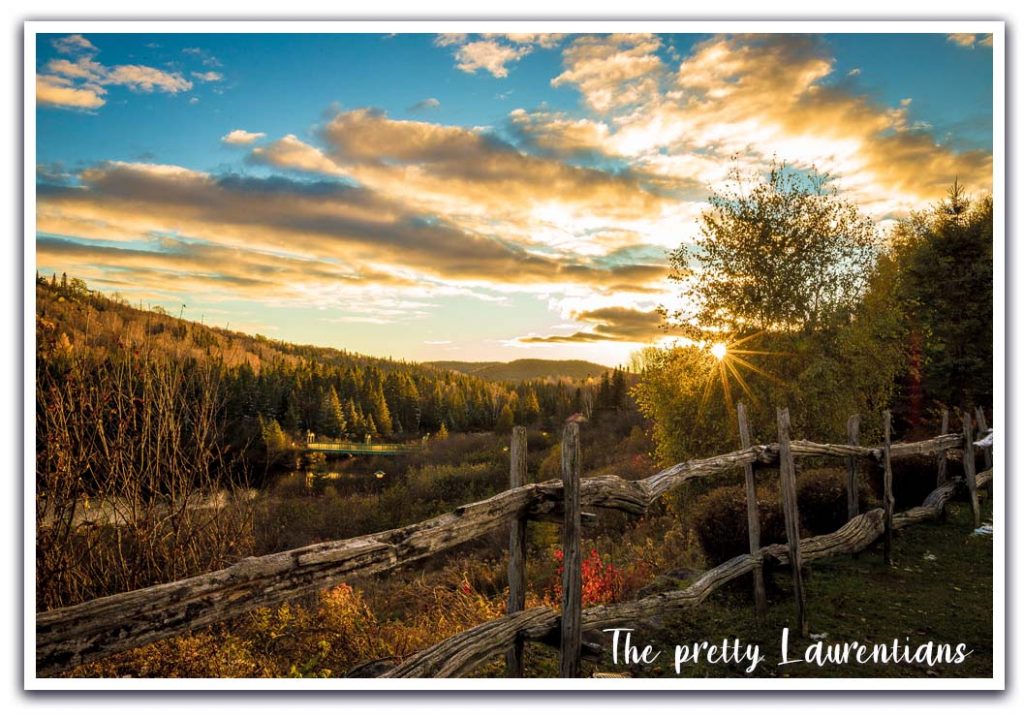
And another thing...
Instagram addicts, check out these stunning spots…
Montmorency Falls
This spectacular waterfall stands one and a half times higher than Niagara. Hang out at the bottom and feel the spray or ride the gondola up to the top. If you dare, take the Via Ferrata trails or the zipline.
Hôtel de Glace
Open January to March, this magical ice hotel is carved fresh each year but always has an outdoor spa and sauna and beds layered with thick furs.
Sacacomie
This giant log cabin is a luxurious hotel which is poised above a beautiful lake. Pse in the hot pool, gazing out over the forest.
This is a feature from Issue 7 of Charitable Traveller. Click to read more from this issue.

















 by net effect
by net effect